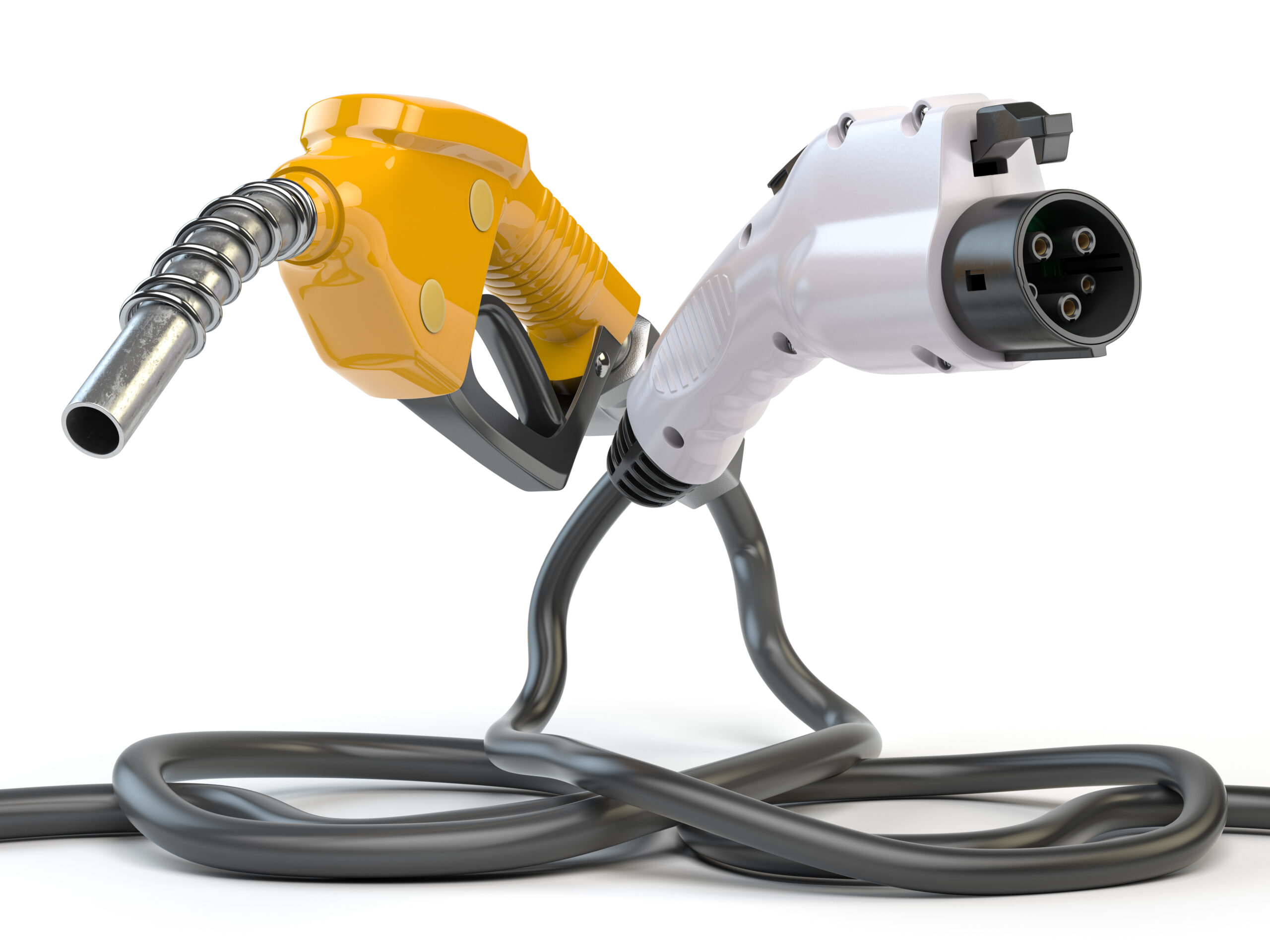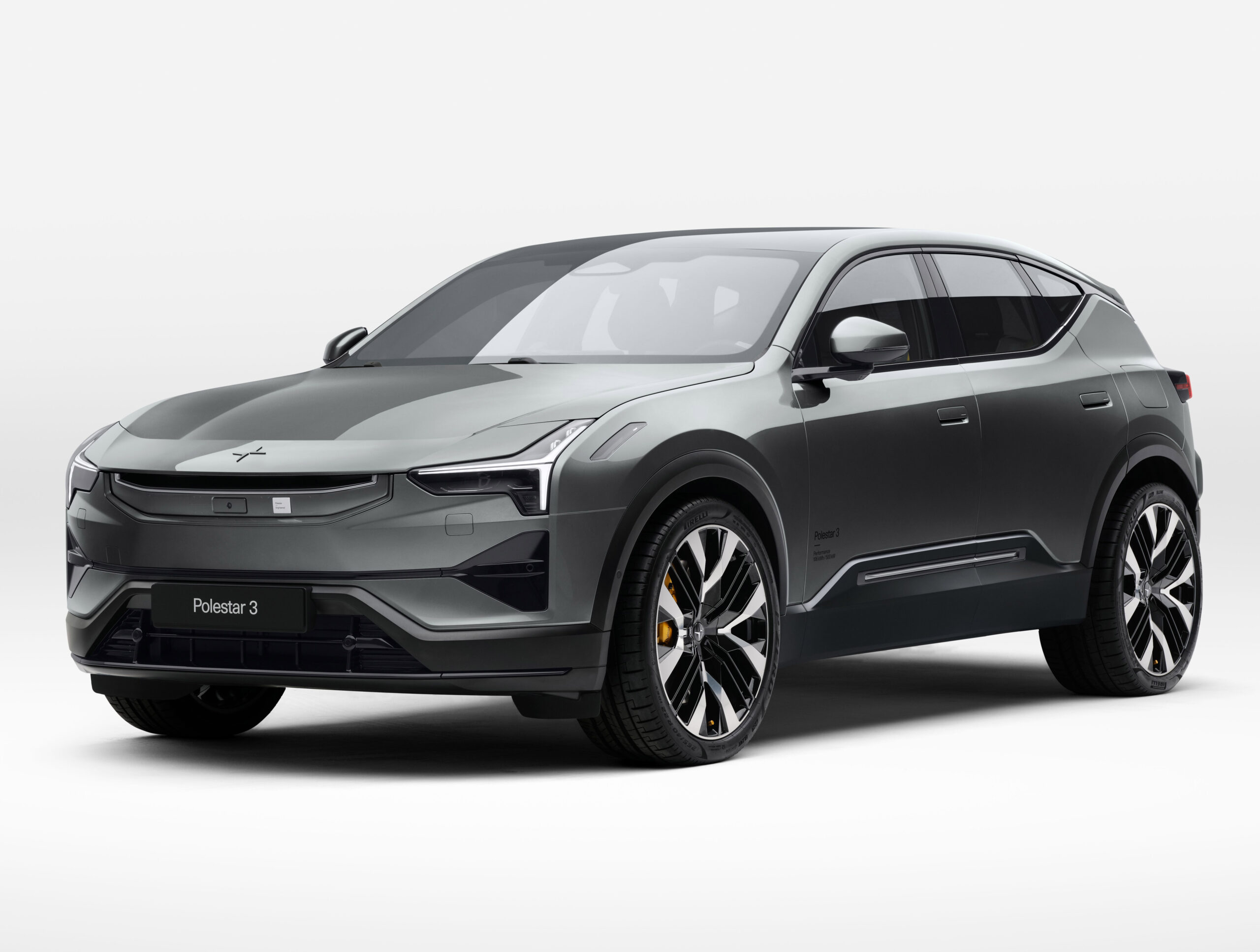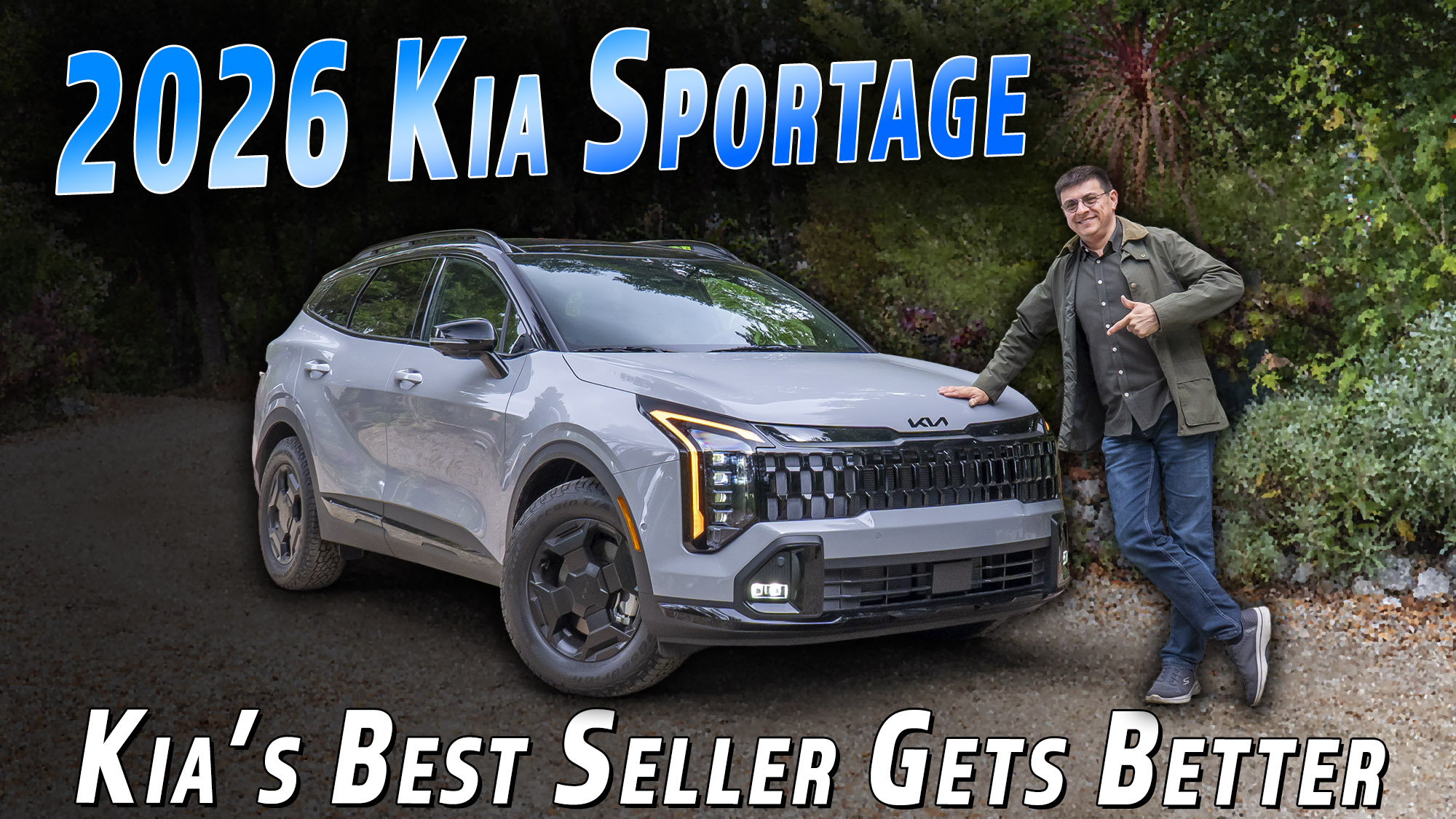

Join me as I check out Volkswagen’s biggest Passat ever: the North American Passat. (OK, so they sell it in China too) This generation Passat was designed to compete head on with the Camry, Accord and Fusion when it comes to interior space unlike the last generation Passat in America that was always a half step smaller than the competition. In the process the Passat’s driving dynamics have been dulled, but does the average shopper mind? Let me know in the comment section below.
While other VWs get expressive fascias, VW’s sedan line is pure conservative German design. We have a three-slat horizontal grille up front, a flat character line and little detaining on the side and nothing terribly expressive out back. The adjectives that came to my mind were simple, elegant, and unemotional. No matter how you park it, the Passat never strikes a pose that would offend a conservative mid-size shopper.If you want Euro flair, VW would be happy to sell you a CC which sports more aggressive bumpers, more chrome and sexier tail lamps. hile some in the press have called the Passat boring, I would posit the sedate lines will help the Passat age more gracefully than some of the competition, most notably the Sonata and Camry, however I think the Fusion and Mazda6 are more attractive and dramatic.
Mid-size shoppers demand expansive rather than expensive cabins, and VW took note when they redesigned the sedan for the 2012 model year. Our Euro friends may notice that this doesn’t look quite like the Passat you know in Europe, and that’s because the American Passat isn’t the same car as the Euro Passat anymore. Although both Passats are related, the NMS Passat gets a 4-inch body stretch and a 3.7-inch wheelbase stretch, the beneficiary being the rear seat which goes from cozy in the Euro model to ginormous in the American model. Although the numbers would indicate that the Fusion and Passat’s rear legroom are similar, the devil is in the details of how car makers measure and the Passat is the clear winner here.
Sadly Camcord shoppers place fuel economy, electronic doodads and rear-seat leg room higher on their list than squishy dash bits and VW was happy to oblige. As a result the Passat’s plastics are attractive to look at but just as mainstream to feel as the competition slotting in below the new Accord and well ahead of the aging Korean competition. Speaking of attractive, I find the traditional “single bump” dashboard layout to be a refreshing change from the massive dashboards that are creeping into every mis-sized sedan lately. Front seat comfort proved excellent for long car trips, tying with the Accord and Fusion while the rear seats, although large, weren’t as comfortable as Honda’s sedan.
he Americanization of the Passat has had an effect on the way VW’s large sedan drives. The difference is most obvious if you drive the VW CC and the Passat back-to-back. The CC has a more solid and connected feel and the handling limits are higher. That’s not to say the Passat will let down the VW faithful with Camry-levels of grip, but in the pursuit of higher fuel economy narrower tires we required. In the pursuit of rear leg room, the wheelbase and chassis had to get longer making the American sedan drive larger than the European model. The result is a Passat that slots below the Mazda6, Accord Sport and some levels of Fusion in terms of handling, but notably above the Camry and Korean competition which have less refined suspension manners.



